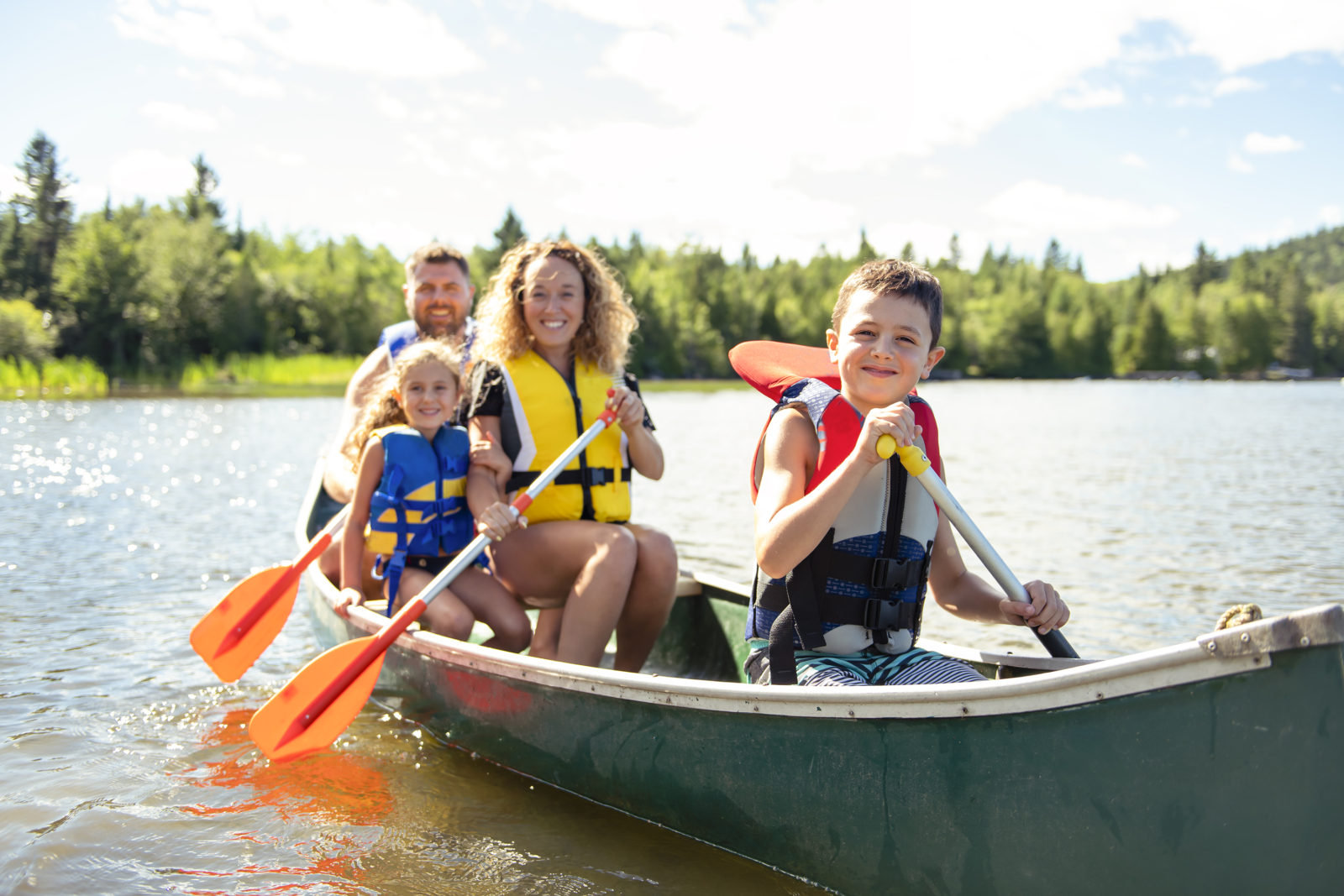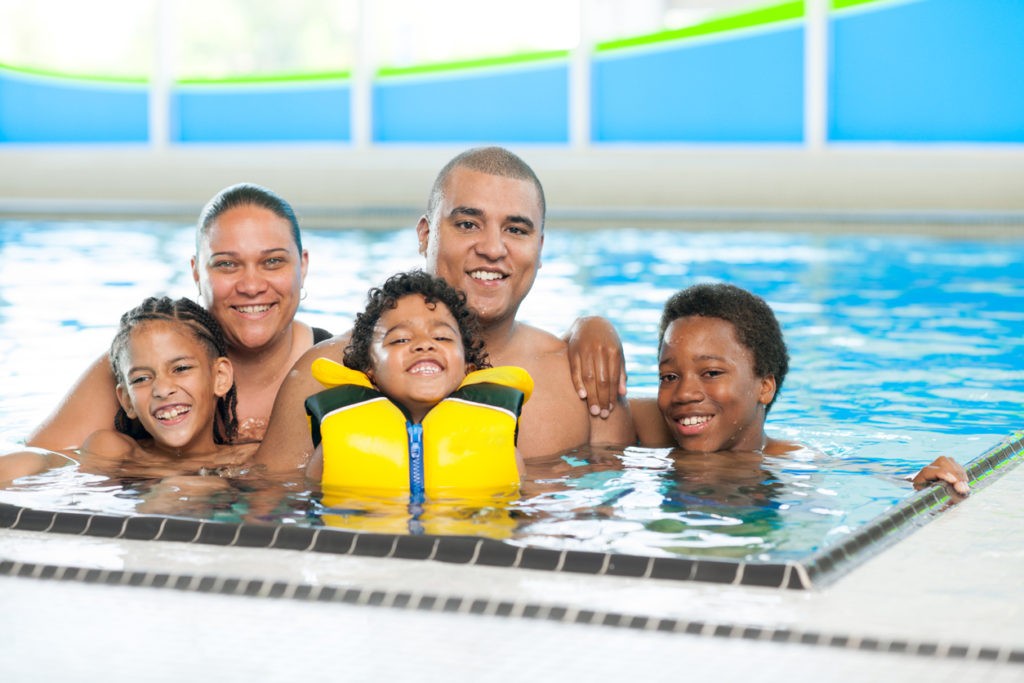This Summer, Make Water Safety a Priority
 June 1, 2021
June 1, 2021Despite a cool, rainy start over the Memorial Day weekend, swimming season is upon us. Before long, summer will be in full swing and the region’s pools, creeks, lakes, water parks and rivers will be packed with swimmers, boaters, anglers and people just looking to beat the heat by splashing around. And as we emerge from the pandemic, our waterways may be even more crowded than usual. It’s time to make water safety a priority.
There are serious risks that go hand-in-hand with water activities. Each year brings a new rash of media reports about drownings and boating accidents. The National Safety Council states that “drowning … is the second leading cause of death for people age 5-24.” According to Safe Kids Worldwide, “Among preventable injuries, drowning is the leading cause of death for children 1 – 4 years old.”
We want everyone to have a fun and safe summer, and encourage you to follow these tips gathered from the American Red Cross, the National Water Safety Month website, PoolSafely.gov, the Army Corps of Engineers, and the NSC.
They could save your life — or the life of someone you love.
Water Safety Tips
- Teach children water safety and swimming skills as early as possible.
- Never swim alone.
- Learn CPR and rescue techniques. Post CPR instructions.
- Keep rescue equipment poolside. Don’t wait for the paramedics to arrive because you will lose valuable lifesaving seconds. Four to six minutes without oxygen can cause permanent brain damage or death.
- Keep a first aid kit poolside.
- Make sure the body of water matches your skill level; swimming in a pool is much different than swimming in a lake or river, where more strength is needed to handle currents.
- If you do get caught in a current, don’t try to fight it; stay calm and float with it, or swim parallel to the shore until you can swim free.
- Swim in areas supervised by a lifeguard.
- Always brief babysitters on water safety, emphasizing the need for constant supervision.
- Appoint a designated watcher to monitor children during social gatherings at or near pools.
- Maintain constant visual contact with children in a pool or pool area. If a child is missing, check the pool first; seconds count in preventing death or disability.
- Don’t use flotation devices as a substitute for supervision.
- Never allow a young child in a pool without an adult.
- Don’t leave objects such as toys that might attract a child in the pool and pool area
- Never assume someone else is watching a child in a pool area.
- Don’t think you’ll hear a child who’s in trouble in the water; child drowning is a silent death, with no splashing to alert anyone that the child is in trouble.
- Install and use a lockable safety cover on your spa.
- Equip doors and windows that exit to a pool area with alarms.
- Install four-sided isolation fencing, at least five feet high, equipped with self-closing and self-latching gates, that completely surrounds the pool and prevents direct access from the house and yard.
- Learn about Hypoxic Blackout and its causes.
- If you’re boating, always wear a life jacket.
- Don’t mix alcohol and water sports.
One last note on water safety: Water temperature is also a factor in many drownings — streams, rivers and deep bodies of water are almost always colder than the temperature of the surrounding air. It might be 80 degrees F on a spring day, but the temperature of the river could be 30 degrees lower. That difference in temperature can easily cause the body to go into shock, leading to tragedy.
We want everyone to have a safe, fun summer on (and in) the water!
